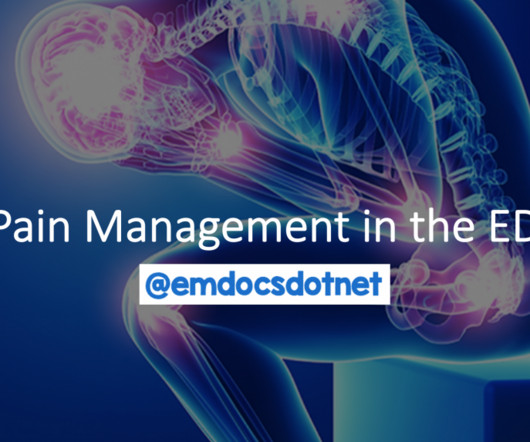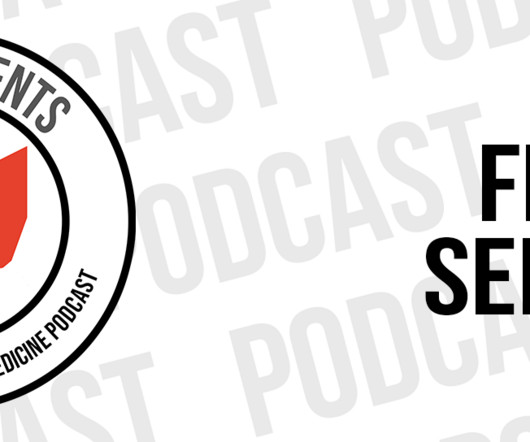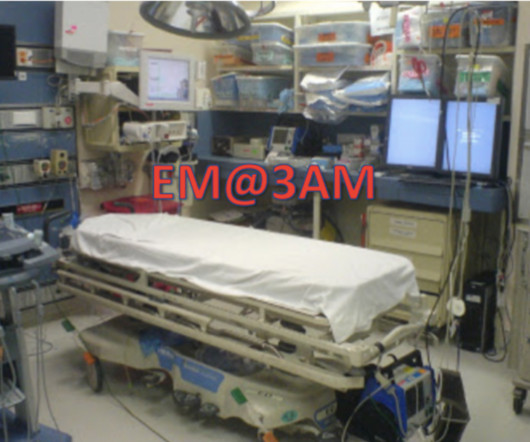Blood Pressure Management in Neurologic Emergencies: What Does the Evidence Say?
EMDocs
JANUARY 29, 2024
This article will discuss blood pressure goals and preferred pharmacotherapy for non-traumatic ischemic and hemorrhagic strokes. Ischemic Strokes: Ischemic stroke is characterized by a blockage of a blood vessel in the brain. The BP targets for patients with ischemic strokes depend on the available therapeutic options.












Let's personalize your content